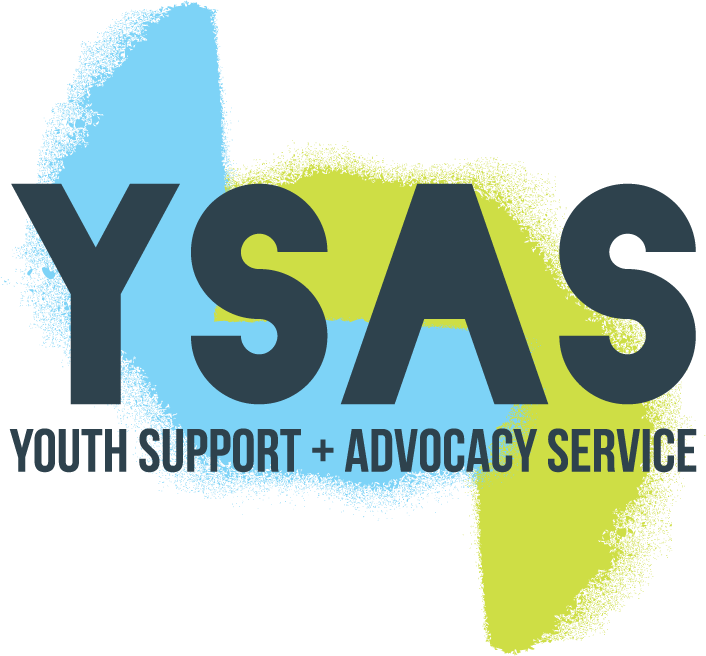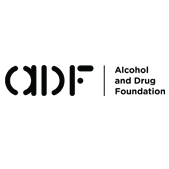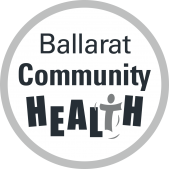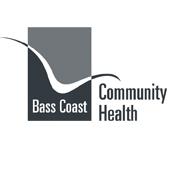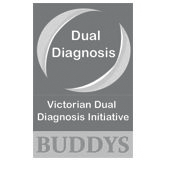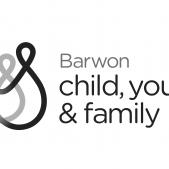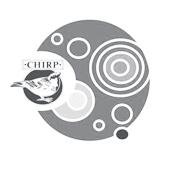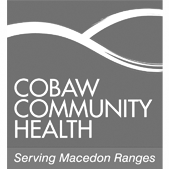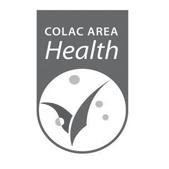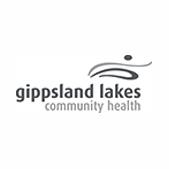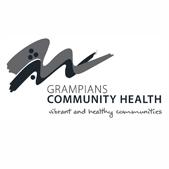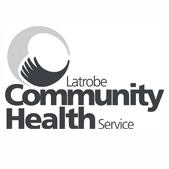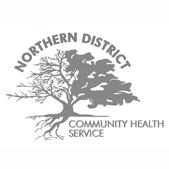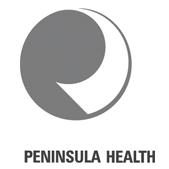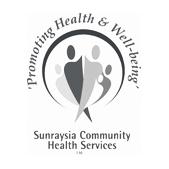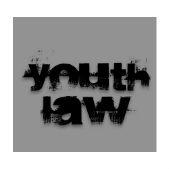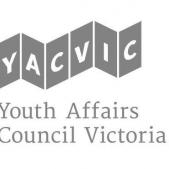Drug Facts
Cannabis-Fast facts for workers
Cannabis is the third most commonly used drug by young people accessing support services. An understanding of the basic facts is therefore crucial.
WHAT
Cannabis is an illegal depressant drug derived from Indian hemp plants. One of the main active chemicals in cannabis is THC [delta-9-tetrahydrocannabinol] but there are over 40 cannibinoid chemicals (including CBD-cannabidiol) that can play a role in the effects of Cannabis.
OTHER NAMES
Grass, pot, weed, hash, reefer, dope, herb, mull, Buddha, ganja, joint, stick, buckets, cones, skunk, hydro, yarndi, smoke, green.
HOW COMMON IS USE?
Over 34.8 per cent of Australians over age 12 have used cannabis in their lifetime although only 10.2 percent of people 14 years and up have used in the last 12 months (National Drug Strategy Household Survey, 2013). In contrast, the recent census of young Victorians in AOD treatment revealed that 64 per cent of young people had used cannabis in the past 4 weeks and 48 per cent had used it daily.
APPEARANCE
There are forms in which cannabis can come in:
Cannabis – least potent, dried leaves and flowers.
Hashish – dried cannabis resin, usually a brownish coloured block.
Hash oil – potent, thick, oily brownish liquid. Hash and Hash oil are not common in Australia.
USE
Cannabis is smoked in cigarette form (as a joint), in a pipe or bong. Hashish is added to tobacco, or eaten in cookies and cakes. Hash oil is spread on the tip or paper of a cigarette. Cannabis and hash can also be smoked in vaporisers.
EFFECTS
Talkative, relaxed, decreased concentration, slower reaction times. Auditory and visual hallucinations, anxiety and panic. High felt within 10-20 minutes, lasting about two hours.
OVERDOSE
While there is no risk of death, there are times when a young person might “green out”, skin turn pale or green, get the sweats, vomit or pass out. Cannabis can exacerbate mental health issues.
COMMON MIXERS
Alcohol, causing nausea, vomiting, panic and paranoia.
Cannabis is also used to assist comedown from stimulants.
SOME COMMON HARM REDUCTION STRATEGIES
Encourage a young person to: -
- stop using tobacco if they are smoking a “mix”.
- try to keep track of how much has been used to avoid overuse
- understand the risks involved in mixing other drugs and alcohol, including prescription medication.
- If a young person wants to cut down work with them on the 3 D’s -Delay, Distract and Decide
- See more Universal Harm Reduction Strategies
Didn’t find what you’re looking for? Try the YouthAOD toolbox for further in-depth information or ask YoDAA




